In the fast-paced world of trucking, ensuring that your trailer brakes are functioning correctly is essential for safety and performance. Properly charging your trailer brakes is not just about enhancing your vehicle’s stopping power; it’s a critical aspect of maintaining overall safety on the road. This comprehensive guide will walk you through everything you need to know about charging trailer brakes on a semi, addressing common issues, providing troubleshooting tips, and delivering actionable insights to enhance your operational efficiency.
Understanding the Basics of Trailer Brake Systems
What Are Trailer Brakes?
Trailer brakes are systems designed to help slow down or stop a semi-trailer. They can be either electric or hydraulic, depending on the type and model of the trailer. Electric brakes utilize an electric current to activate the brake shoes within the trailer axle, while hydraulic brakes use fluid pressure to achieve the same result.
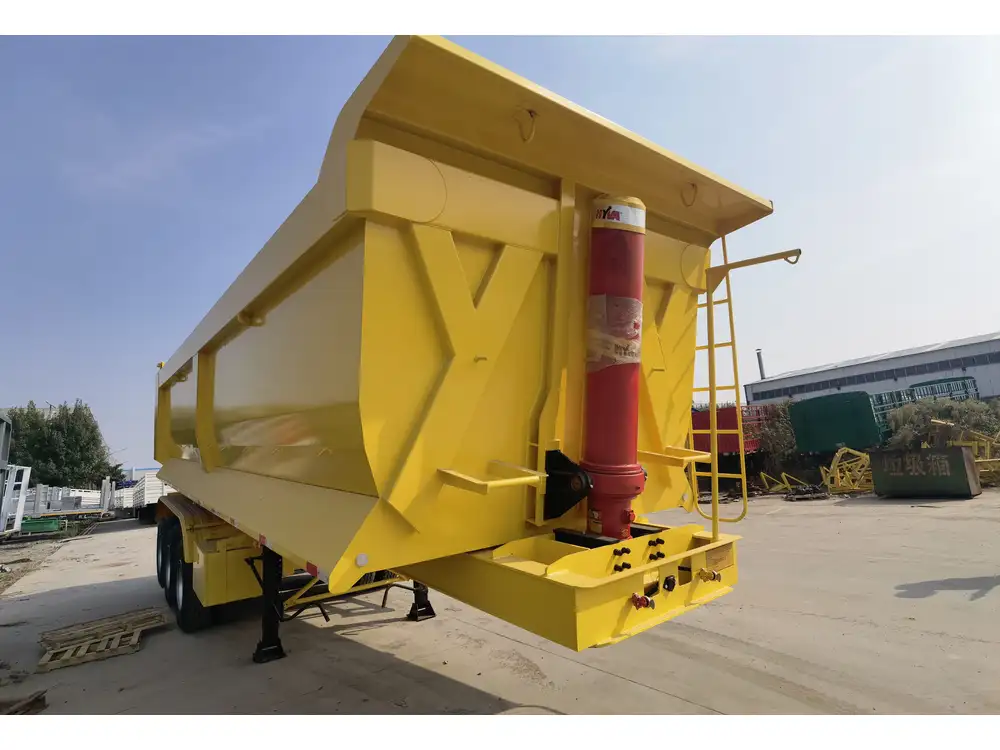
The Importance of Brake Charge
Charging trailer brakes involves ensuring that the braking system receives the necessary electrical power (for electric brakes) or hydraulic pressure (for hydraulic systems) to function optimally. This process enhances responsiveness and reduces the distance needed for stopping, which is crucial when towing heavy loads.
Brake Components to Know
To effectively charge trailer brakes, it is vital to understand the key components involved in the braking system:
| Component | Description |
|---|---|
| Brake Control Box | Regulates the electric current to the trailer brakes. |
| Brake Shoes | The part that makes contact with the brake drum and creates friction. |
| Brake Drum | A cylindrical device that hosts the brake shoes inside. |
| Air Compressor | Builds air pressure for pneumatic brake systems. |
| Brake Lines | Carry hydraulic fluid or air pressure to the brakes. |
Steps to Charge Trailer Brakes on a Semi
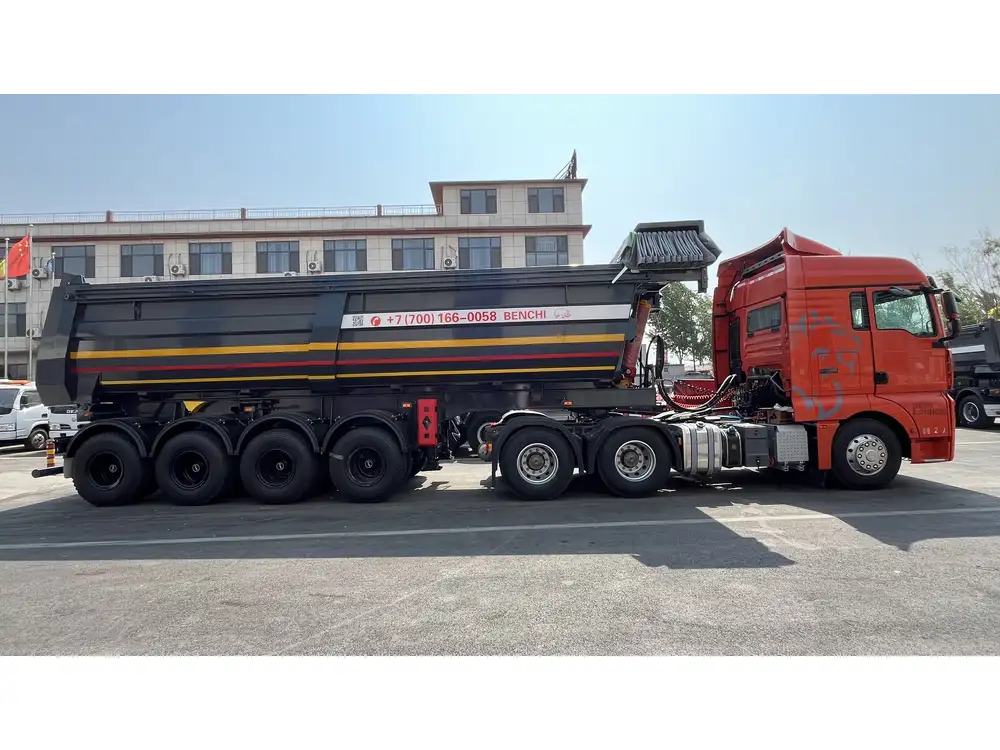
1. Preparation
Before getting started, ensure you have the following tools and equipment ready:
- Voltage tester
- Multimeter
- Basic hand tools (wrenches, screwdrivers, etc.)
- Brake fluid (for hydraulic systems)
- Air compressor (for pneumatic systems)
- An assistant (optional but recommended)
2. Safety First
Always prioritize safety. Park your semi on a level surface, engage the parking brakes, and chock the wheels to prevent movement during the maintenance process.
3. Inspect the Brake System

Visual Inspection
Perform a thorough visual inspection of the brake components. Look for signs of wear or damage, such as:
- Cracked or worn brake shoes
- Leaking brake lines
- Damaged brake drums
Electrical Check
For electric trailer brakes, use a multimeter to test the brake control box and the wiring leading to the brakes. Ensure there are no shorts, broken connections, or corrosion.
Air Pressure Check (Pneumatic Systems)
For semi-trailers equipped with air brakes, check that the air compressor is functioning properly. Inspect the air brake system for leaks by testing the pressure gauge. The optimal pressure for trailer brakes generally ranges from 90 to 120 psi.

4. Charging Electric Trailer Brakes
Connect the Trailer
Attach the semi-trailer to the tractor unit. Make sure all electrical connections are secure. Once connected, use the brake pedal in the cab to engage the brake control system.
Adjust the Brake Controller
Set the brake controller in the truck’s cab to a suitable charge level. Generally, a setting between 5 and 7 is effective for most loads. Consult your specific brake controller manual for optimal settings based on load conditions.
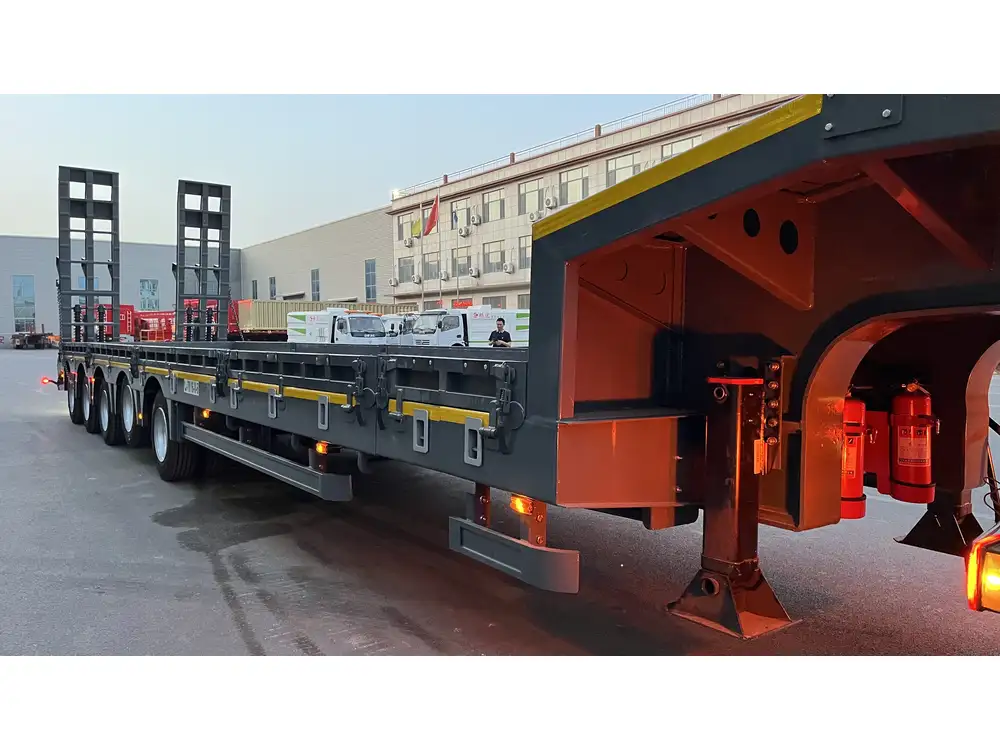
Test Charge
With the trailer connected and settings adjusted, gently apply the brakes to check for proper engagement. Listen for a humming noise from the electric brakes, which indicates that they are being charged. You may also test the brakes by gradually pushing the tractor unit forward a few inches, confirming that the trailer brakes are engaging properly.
5. Charging Hydraulic Trailer Brakes
Check Fluid Levels
Inspect the brake fluid reservoir for any leaks and ensure the fluid level is adequate. Low fluid levels can prevent proper charging of the brakes.
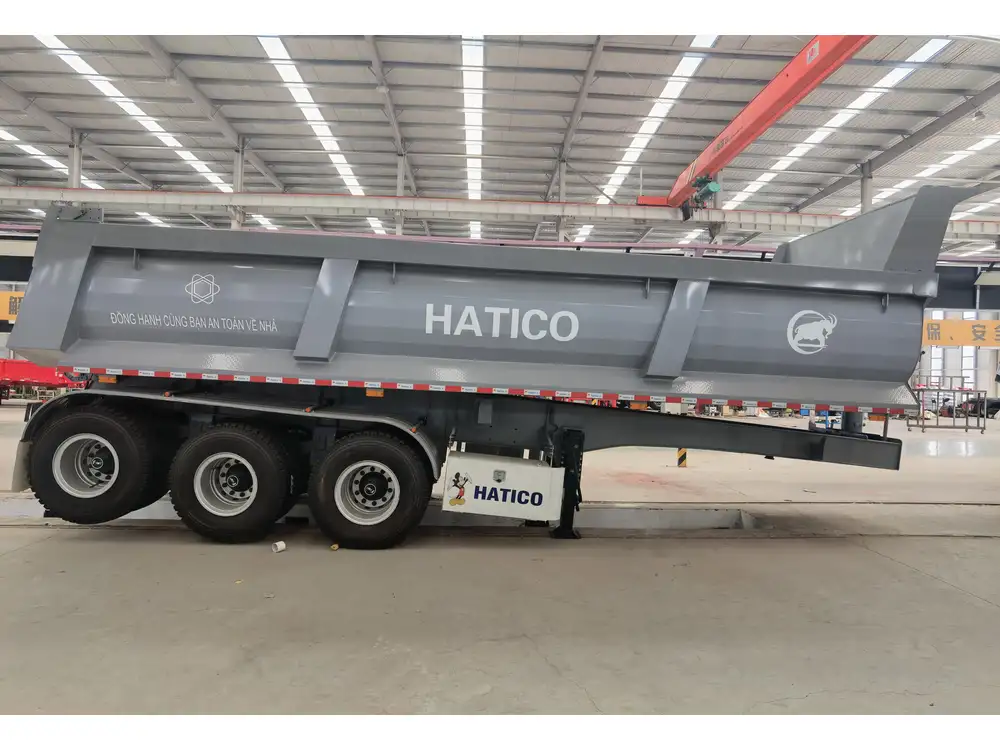
Bleed the Brakes
If the fluid levels are fine but the brakes feel unresponsive, you may need to bleed the brake system. This process removes excess air within the brake line, enhancing performance. Follow these steps:
- Locate the brake bleeder valve at the wheel.
- Attach a clear tube to the valve, leading it into a container.
- Open the valve and slowly press the brake pedal while keeping an eye on the fluid flow.
- Close the valve and release the brake pedal.
- Repeat the process until you see a steady stream of fluid without bubbles.
Hydraulic System Test
Once the system is bled and fluid levels are checked, pump the brakes several times to ensure they charge properly. If you encounter any stiffness or unresponsiveness, further troubleshooting may be needed.
6. Charging Pneumatic Trailer Brakes

Inspect the Air System
Check all air lines and connections for leaks. Make sure the air pressure is set to the manufacturer’s recommended levels.
Engage the Brake System
After securing your air supply, engage the brake pedal in the cab to charge the trailer’s air brakes. Observe for any hissing sounds which might indicate leaks, and address them immediately.
Check Brake Response
Test the brakes by moving the semi slowly. Apply the brakes gently to ensure they engage properly. Listen for any unusual sounds and feel for adequate force in the brake pedal—both are indicators of functionality.
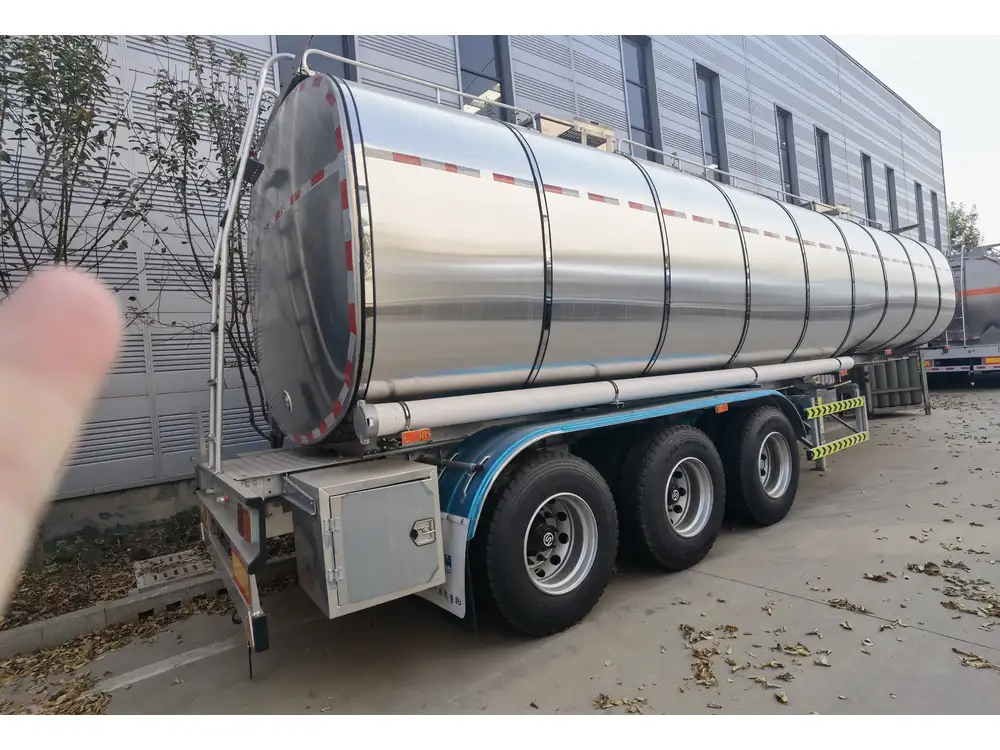
Common Issues and Troubleshooting Tips
Absence of Charge
Symptoms: No response when applying the brakes.
Solutions:
- Check electrical connections in electric brake systems.
- Inspect air pressure in pneumatic systems.
- Perform a physical look at brake components for wear or damage.
Uneven Brake Response
Symptoms: One set of brakes engages while others do not.
Solutions:
- Adjust brake controller settings for electric brakes.
- Investigate for any blockages or kinks in the air lines for pneumatic systems.

Weird Noises
Symptoms: Unusual grinding or squealing sounds when braking.
Solutions:
- Inspect brake shoes for wear.
- Check brake fluid levels in hydraulic systems.
- Ensure appropriate brake shoe adjustment.
Maintenance Tips to Extend Brake Lifespan
Regular Inspection
Perform monthly checks on brake systems, focusing on both function and wear.

Adjust Brake Shoes Periodically
Keeping brake shoes within the appropriate distance from brake drums ensures smooth operation and enhances the effectiveness of brakes.
Maintain Fluid Levels
For hydraulic systems, ensure brake fluid is always at optimal levels, topping off as necessary.
Monitor Air Filters
For pneumatic systems, regular inspection and replacement of air filters can prevent contaminants from compromising the braking system.

Seasonal Adjustments
Seasonal changes can affect the brake systems. Always inspect and adjust in preparation for changing weather conditions.
Conclusion
Successfully charging the trailer brakes on your semi involves a combination of thorough inspection, precise adjustments, and ongoing maintenance. By following this comprehensive guide, you can enhance safety, improve towing performance, and ensure efficiency in your operations. Properly charged brakes significantly reduce the risk of accidents while on the road, making this process essential in trucking operations. Remember, staying proactive with your brake system will pay off in the long run—both in terms of safety and cost efficiency.



